Experts study resistance army relics, putting together a historic puzzle of hardship, bravery, and perseverance, report Wang Ru in Beijing and Liu Mingtai in Changchun, Jilin.
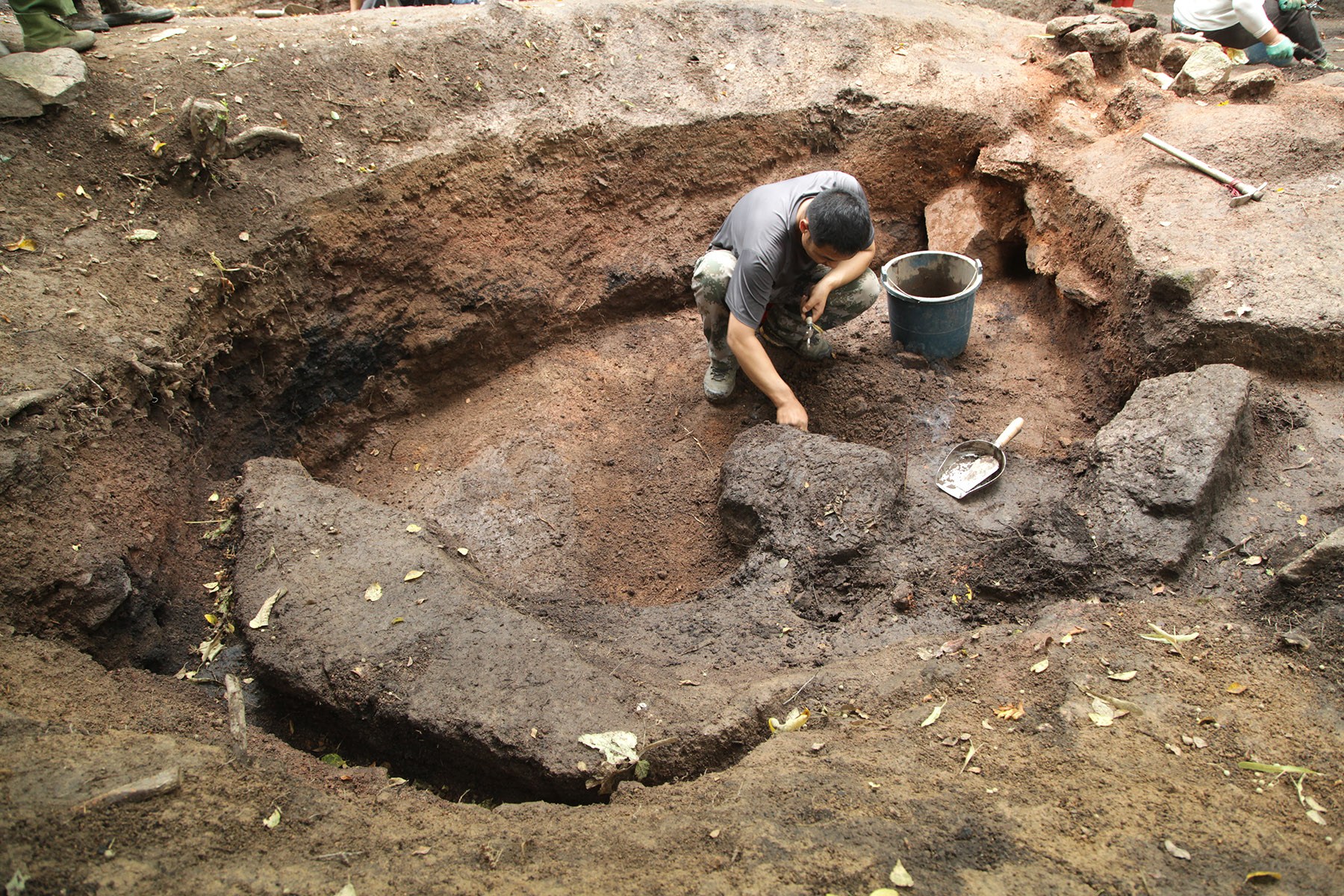
As he carries out research at the Hongshilazi site in Panshi, Jilin province, archaeologist Meng Qingxu often imagines such scenes: during the Chinese People's War of Resistance Against Japanese Aggression (1931-45), also the World Anti-Fascist War, under the oppressive rule of Japanese invaders, the entire Northeast China was shrouded in darkness. Yet, like fireflies, resistance fighters from various directions flocked to this area, gradually illuminating the land with their strength.
Later, under the encirclement and suppression of Japanese forces and the establishment of the "Manchukuo" puppet regime in Heilongjiang, Jilin, and Liaoning provinces, and part of the Inner Mongolia autonomous region, these small points of light were extinguished one by one. Yet, even the faintest remaining sparks had the potential to ignite a great fire, ultimately leading to victory, he says.
READ MORE: Legacy of courage
These scenes describe how the Northeast United Resistance Army played a significant role in the war.
On Sept 18, 1931, Japanese invaders plotted an explosion on a railway section owned by a Japanese company near Shenyang, Liaoning, to falsely accuse Chinese troops of sabotage, marking the beginning of the war. Later, they occupied Northeast China and established the "Manchukuo" puppet regime.
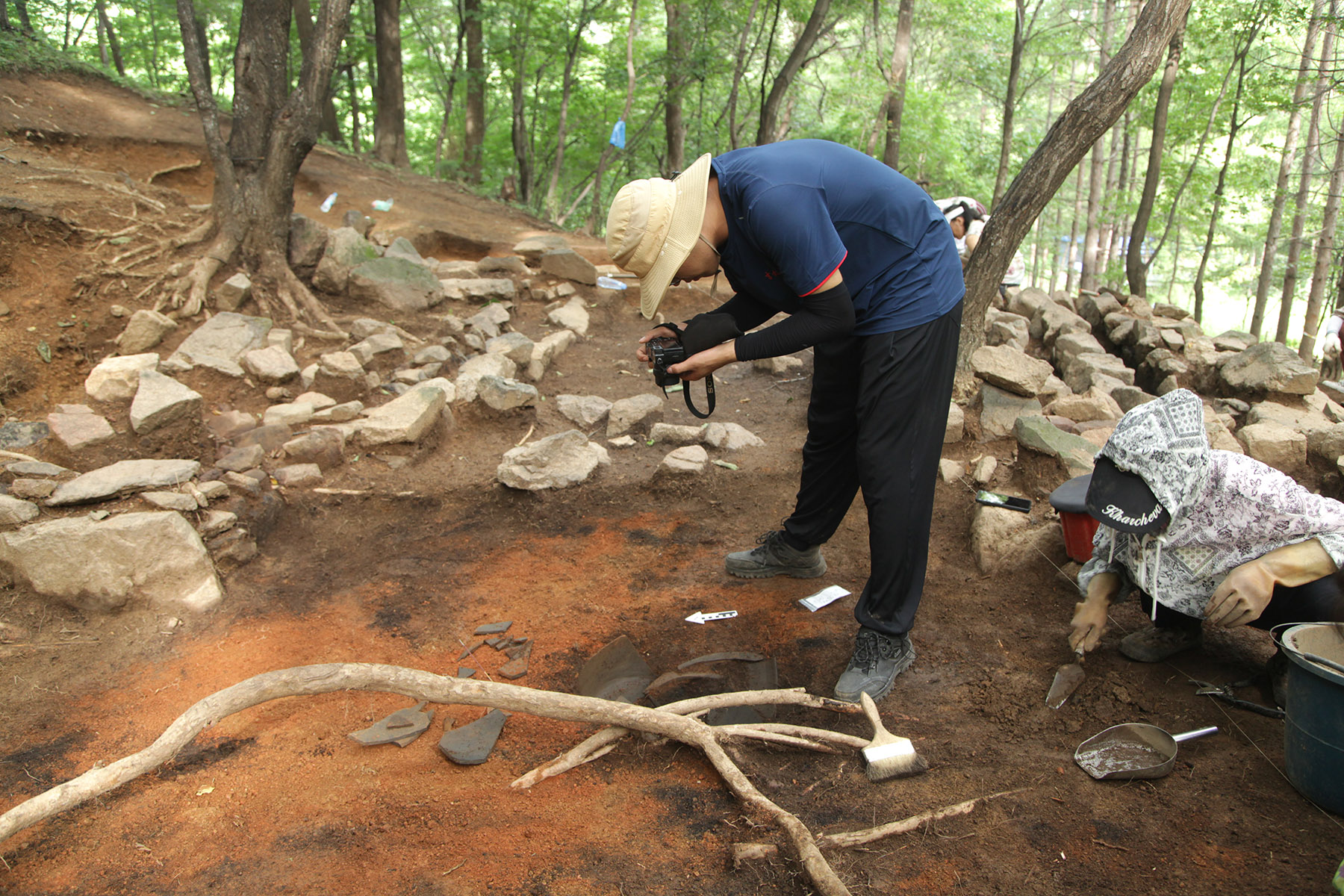
Chinese people then fought back. Under the leadership of the Communist Party of China, they gradually formed the army and fought as guerrillas deep in the mountains where winter often lingers for more than five months a year with a temperature as low as — 40 C.
Wearing poor clothing, armed with rudimentary weapons, and lacking permanent bases for 14 years, the soldiers endured extreme weather conditions and starvation but persisted in their brave efforts to tie down hundreds of thousands of enemies, preventing them from advancing into other areas of the country.
When the war ended in 1945, only about 700 soldiers from this army had survived, a number which had reached more than 30,000 in 1937, according to Sun Taizhi, an official from Jilin province's Party history research office.
Amid the 80th anniversary of the victory in the War of Resistance, people are telling more accurate stories of this heroic army, using the latest archaeological evidence.
Over the years, though many stories about the army have been told, people have found few traces of their battles. As guerrillas, they could hardly establish stable base areas. Moreover, the already identified bases were in shambles. With time, people cannot find obvious traces aboveground, says Meng, a researcher at the Jilin Provincial Institute of Cultural Relics and Archaeology.
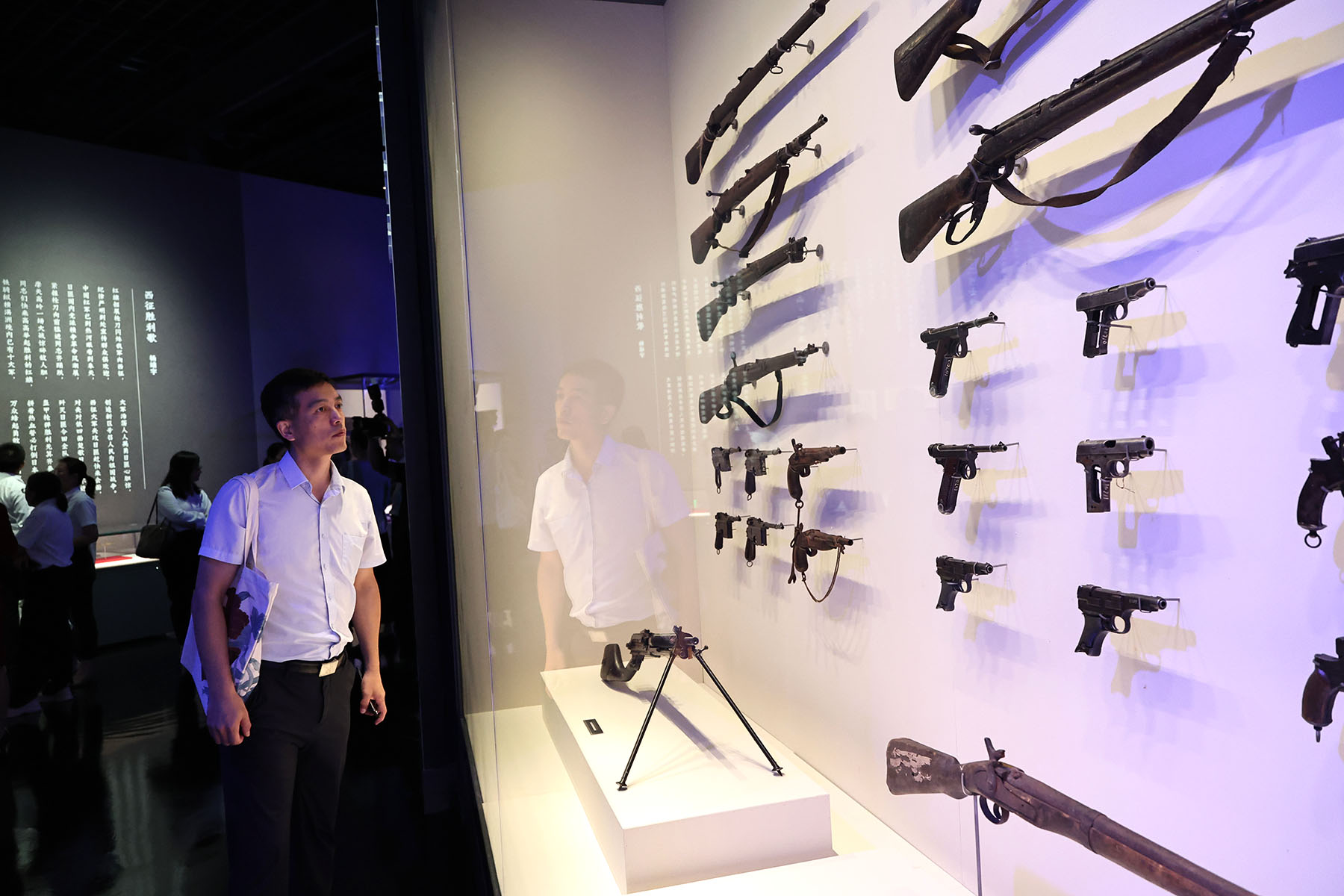
That's where archaeological studies come into play. Archaeologists led by Meng have studied the Hongshilazi site since 2021, which was used as an early base area against Japanese aggression in Northeast China.
The archaeologists have discovered more than 3,300 relics in an excavation area of 5,000 square meters, and determined the site's layout and its four major types of relics: barracks, lookout posts, combat fortifications, and training grounds, says Li Ningning, the executive head of the archaeological team.
She says they have also unearthed more than 1,000 pottery, iron, bronze, porcelain, and glass artifacts, which were used as weapons, farming tools, and daily utensils.
A highlight of their discoveries is clarifying what a miying (secret camp) actually was. The word miying comes from oral accounts of soldiers who survived the war and refers to their secret barracks in the mountains. Archaeologists' findings discovered that it was a more complicated system than originally thought.
A miying often finds its location in the dense forests deep in the mountains, on a leeward slope. At its entrance were multiple obvious and hidden outposts. Entering the miying are the barracks, which often had underground or semi-subterranean dwellings. Surrounding the settlement area were many combat fortifications and large platforms for outdoor activities, says Meng.
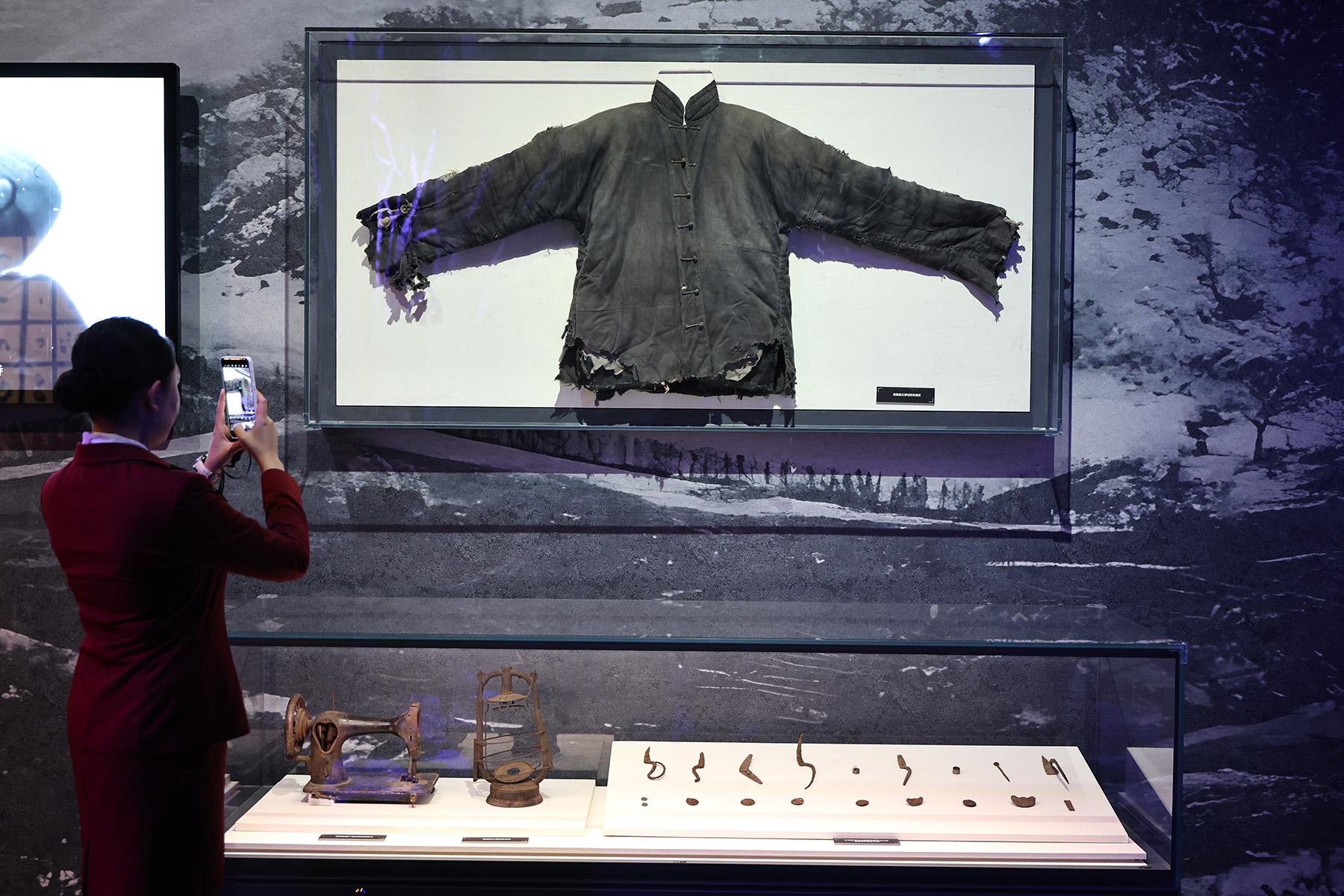
He also describes the underground or semi-subterranean dwellings, called diyinzi by local people. They were often built on the foot of a hillside to comply with the mountainous terrain. One such dwelling excavated at the Hongshilazi site, for example, was made by digging a 3-meter-deep hole in the ground and concealing the opening with branches and turf.
"For fear of being discovered by their enemies, the soldiers gave up comfort and built such 'houses', which were stuffy, humid, and dark, to survive," says Meng.
"In the 20th century, why should some people live in such poor conditions? They left their comfortable homes, dived deep into the mountains, and lived in shabby underground houses, enduring every hardship. All they wanted was to drive out the Japanese invaders from their homeland," he adds.
Aside from continued archaeological efforts to uncover more facts, stories of the Northeast United Resistance Army have been told in museums.
The Northeast United Resistance Army historical exhibition hall in Benxi, Liaoning province, showcases a saber once used by Yang Jingyu, one of the founders of the forces who arrived in 1934 and established base areas.
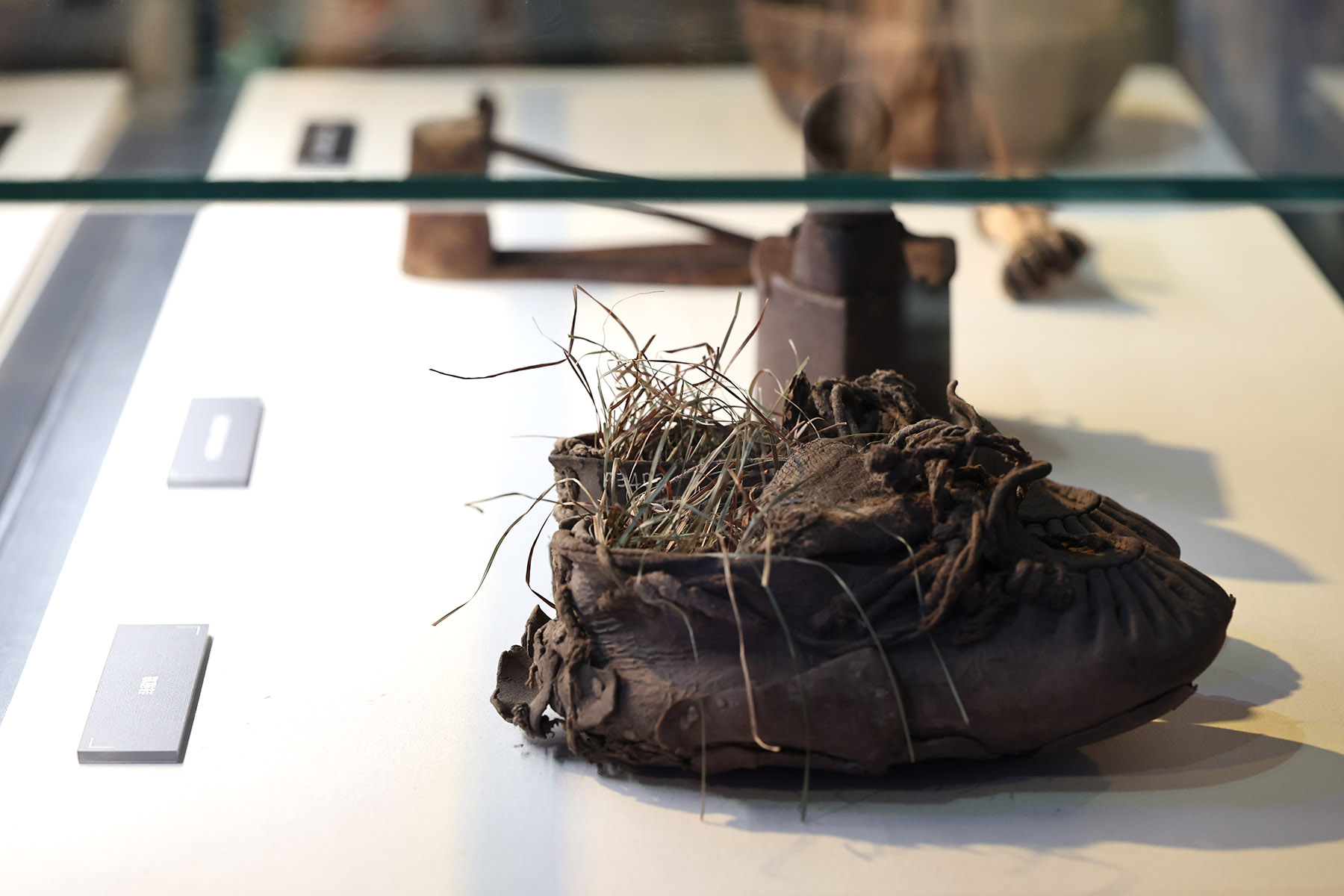
According to Zhou Hao, director of the exhibition hall's research department, the 1.03-meter saber was specially made for Yang, who was 1.93 meters tall. When Yang organized guerrilla fighting in Benxi, he was saved by villager Jiang Guo'en, and they became friends. In 1938, before leaving for Jilin, Yang gave his saber to Jiang as a gift. Two years later, Yang sacrificed his life in Jilin.
Soon after Yang's army left, Japanese troops rushed to Jiang's family to get revenge. Jiang heard of the plan and hurriedly led his family members to hide in the mountains, putting the saber on the beam of his house.
After they failed to find Jiang and his family members, Japanese invaders set fire to his house, causing the saber's handle to burn away, leaving only the blade. In 2006, the saber was donated to the exhibition hall.
To confirm if it was the actual saber that once belonged to Yang, staff from the hall immediately took it to Liu Xishun, in his 90s living in Shenyang, Liaoning, who once worked as an orderly for Yang.
"Liu was very excited at first glance and told us it was the saber Yang held," says Zhou.
"He said at that time, Yang rode a horse and had this large saber slung on his left side and a Mauser military pistol on his right. It was quite imposing! Liu brandished this saber and began singing the army song composed by Yang in 1938," says Zhou.
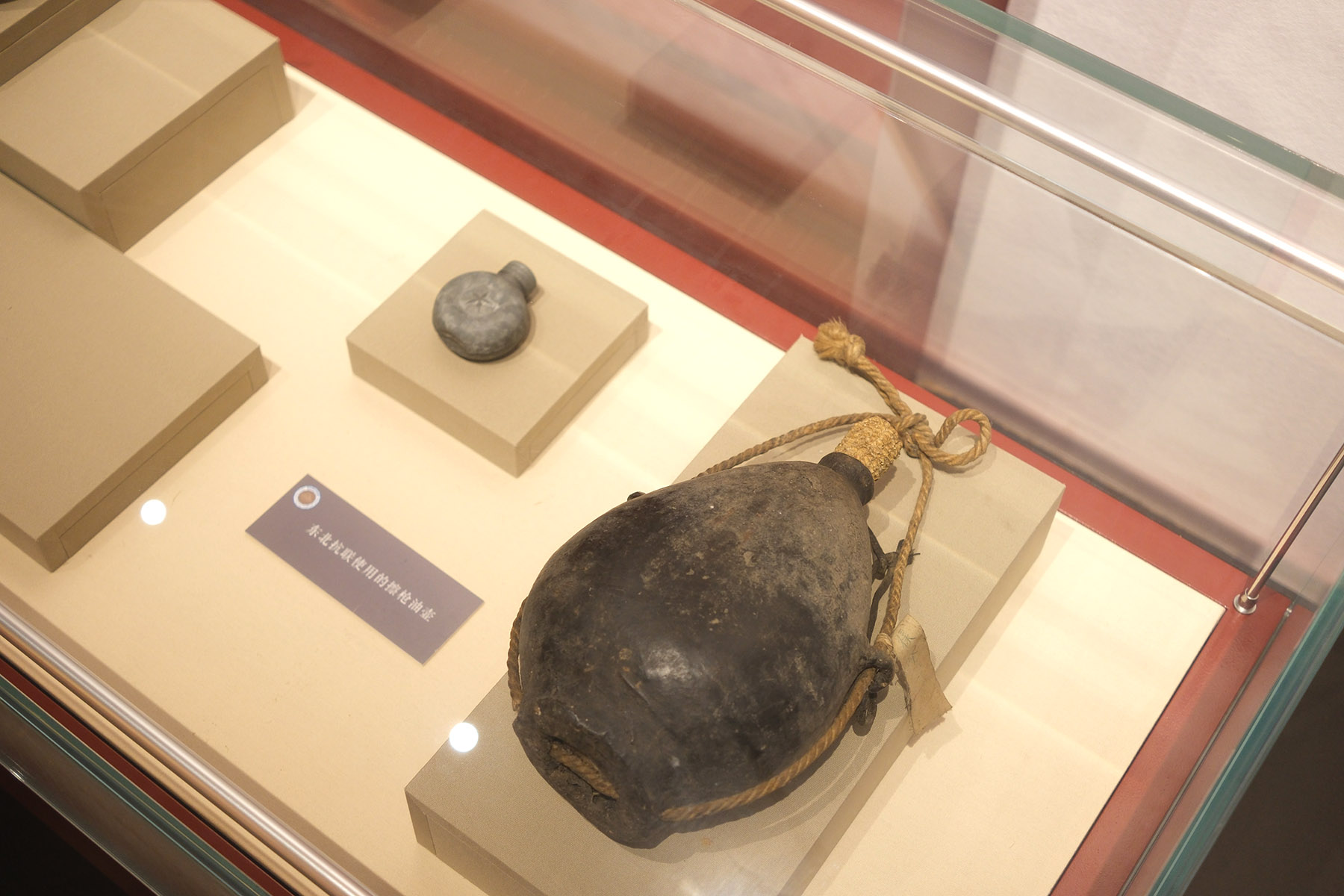
To mark the 80th anniversary of victory in the war against Japanese aggression, A Special Exhibition of Relics from the Sites of the Northeast United Resistance Army opened at the Museum of the Communist Party of China in Beijing, putting the remarkable efforts of the army in the spotlight through 1,289 artifacts, many of which were unearthed from the Hongshilazi site, as well as the Jiguanshan site in Harbin, Heilongjiang province, another significant base for the resistance army.
The exhibition also restores and replicates the army's living environment from spring to winter.
"Visitors can have an immersive experience so they understand that each season posed different challenges for the soldiers in the mountains of Northeast China," says Meng.
ALSO READ: Epic saga of survival in freezing wartime
"It rained frequently in the spring, so they found it easier to find potherbs as food, but the underground houses were extremely humid. Summer was also humid, and sunlight could not filter into the houses. Autumn signified the coming winter, when the mountains were covered with heavy snow. They had to keep warm and forage for food while taking part in the battles," he adds.
Meng mentions this is another time they have organized such a large-scale exhibition based on archaeological research at Hongshilazi outside Jilin. The first exhibition was held in Yan'an, Shaanxi province, in 2023.
"We want to honor the wishes of the soldiers. First, they longed to see Yan'an, the settlement of the CPC Central Committee at the time, a sacred place in their hearts; then to Beijing, to see the New China they sacrificed their lives to establish, and to tell them we finally obtained victory," says Meng.
Li Xueqing contributed to this story.
Contact the writers at wangru1@chinadaily.com.cn


